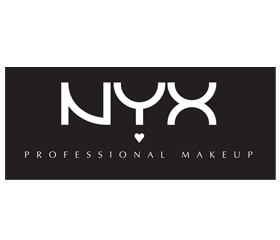In today’s typical business models, a corporation has to spend thousands, if not millions, of dollars on advertising just to begin to build a new brand or product. In order to get the word out about a new and upcoming idea, most companies will immediately turn to traditional advertising industries such as television commercials, online advertisement agreements, or in person promotions. While this strategy does have a significant success rate if the product is marketed correctly, it can set the company back financially before the first item in the product line is even sold. A recently popular brand that has been acquired by makeup giant, L’Oreal, is breaking the foundation of this idea by nearing $100 million in sales without spending anything on advertisements. This product line is named NYX and is an extremely popular line of professional makeup products.
NYX has gained its popularity within the beauty product market with the use of global internet connections through social media outlets and independent bloggers. This innovative business plan strategically has cornered the market of internet video bloggers, otherwise known as vloggers, to advertise the product line for their viewers. The largest website that features these vloggers is YouTube and those who sponsor NYX on their products post videos of them using the makeup. This direct access to consumers through social media outlets garners millions of views for their products, thus creating a free marketing opportunity. This idea could be applied many different ways and it is interesting to see such a large company find a way around losing money through advertising.
Sources:
http://adage.com/article/cmo-strategy/nyx-beat-acquirer-l-oreal-s-flagship-brand-youtube/293833/





